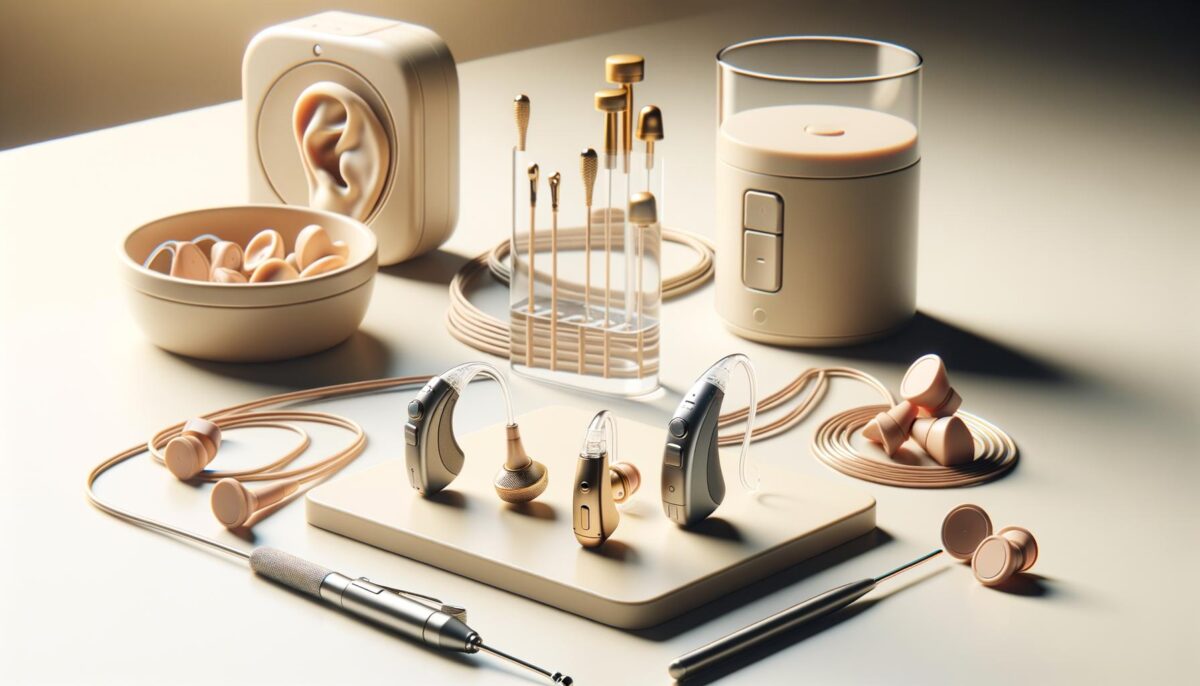Understanding How Hearing Aids Work
Hearing aids are sophisticated devices designed to help individuals with hearing impairments perceive sounds more clearly. These remarkable inventions have evolved significantly over the years, combining cutting-edge technology with user-friendly designs. Essentially, hearing aids amplify sound, making it easier for the wearer to understand speech and enjoy the surrounding environment. Typically, hearing aids consist of three main components: a microphone, which picks up sound from the environment; an amplifier, which increases the volume of the sound; and a speaker, which delivers the enhanced sound into the ear. This simple yet effective process is key to transforming lives for those who struggle with hearing loss.
Types of Hearing Aids Available
When it comes to selecting a hearing aid, there’s a wide variety to choose from depending on your individual needs and preferences. Some common types include:
- Behind-the-ear (BTE) aids: These are worn outside the ear and are suitable for most types of hearing loss.
- In-the-ear (ITE) aids: Custom-fit to the user’s ear canal, these are discreet and effective.
- In-the-canal (ITC) aids: These are smaller, more discreet devices fitting partially in the ear canal.
- Completely-in-the-canal (CIC) aids: These offer the least visibility and are almost hidden within the ear canal.
Selecting the right type of hearing aid can greatly depend on the specific hearing loss severity, lifestyle factors, and personal preferences.
Benefits of Using Hearing Aids
The benefits of hearing aids go beyond just volume amplification. They offer a variety of advantages that can drastically enhance an individual’s quality of life. Firstly, improved communication is a primary benefit; it allows for better participation in conversations, leading to more fulfilling social interactions. Secondly, hearing aids can positively impact mental health. Studies suggest that untreated hearing loss correlates with an increased risk of cognitive decline. By improving auditory input, hearing aids can help mitigate this risk. Moreover, using hearing aids helps promote safety, especially in environments where hearing alerts can prevent accidents. Overall, the advantages of using hearing aids make them an indispensable asset in daily life.
Advancements in Hearing Aid Technology
Recent advancements in technology have brought about significant enhancements in the functionality of hearing aids. Modern devices are not only smaller and more powerful, but they also offer features that were unimaginable a few decades ago. Some hearing aids now come with Bluetooth connectivity, allowing users to directly stream audio from smartphones and other devices. Additionally, many modern hearing aids come with rechargeable batteries, easing the constant need for replacements. Another noteworthy advancement is the inclusion of artificial intelligence, which helps improve sound quality and adapts to various sound environments automatically. These innovations signify a promising future, making hearing aids more efficient and user-friendly than ever before.
Choosing the Right Hearing Aid for You
The process of selecting an appropriate hearing aid can be overwhelming, given the multitude of options available. However, with the right guidance, it becomes manageable. It’s crucial to undergo a comprehensive evaluation by an audiologist, who will identify the degree and nature of your hearing loss. Following this assessment, personal preferences and lifestyle requirements should also be considered. Questions like, ‘Do you lead an active lifestyle?’ or ‘Do you spend a lot of time in quiet settings?’ can greatly influence the choice of hearing aid. Additionally, understanding the technology and features that are most beneficial for your specific needs can help you make a more informed decision. Ultimately, the right hearing aid should not only fit well but should also enhance your daily life significantly.
Conclusion: Enhancing Lives with Hearing Aids
In summary, hearing aids represent an essential breakthrough for individuals experiencing hearing loss. They do not just amplify sounds but play a critical role in improving communication, mental health, and overall quality of life. With a wide range of types and advanced features available, it is possible to find a hearing aid that fits your individual needs and lifestyle. As technology continues to evolve, the potential benefits of hearing aids expand, offering users new ways to interact with the world around them.
